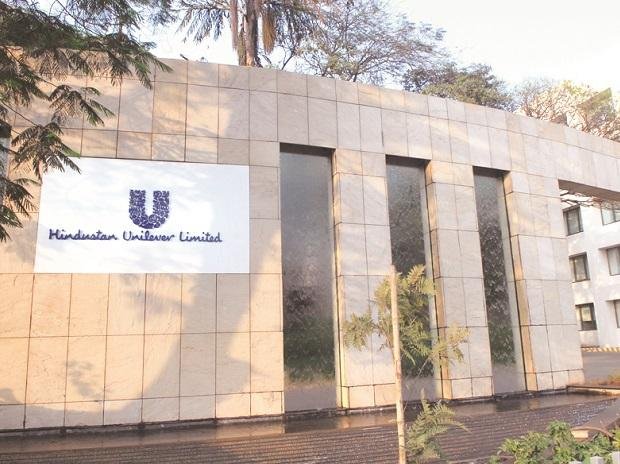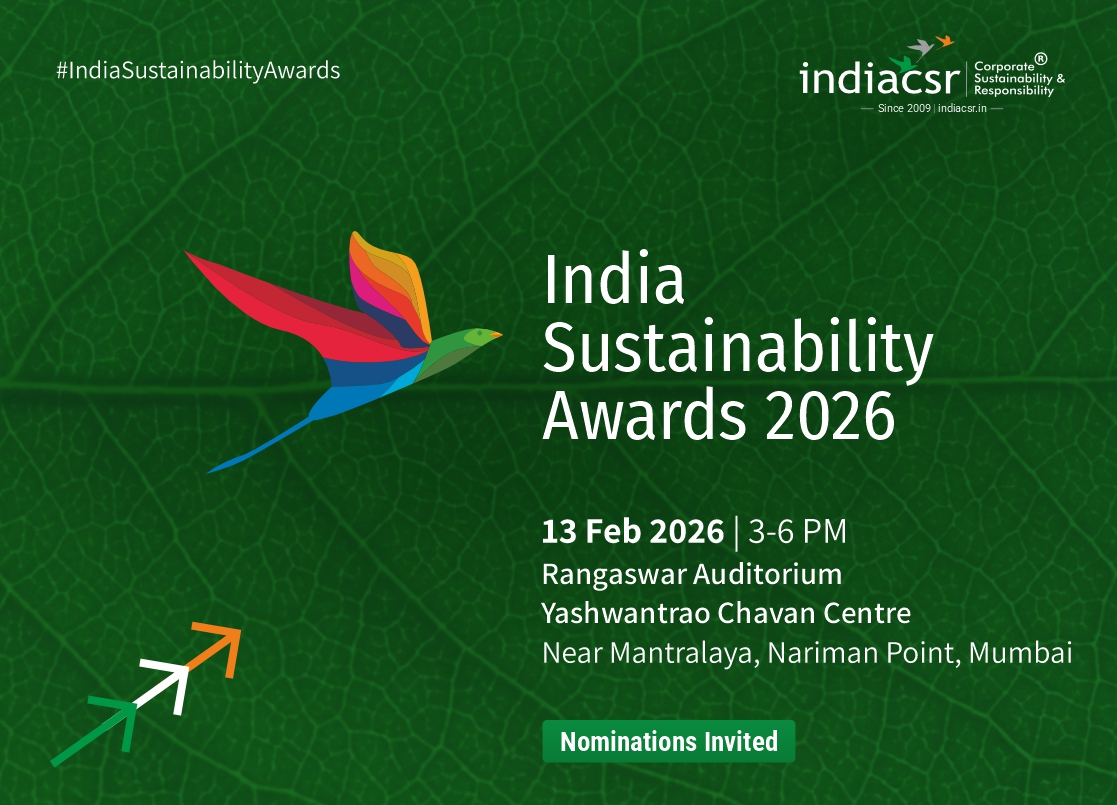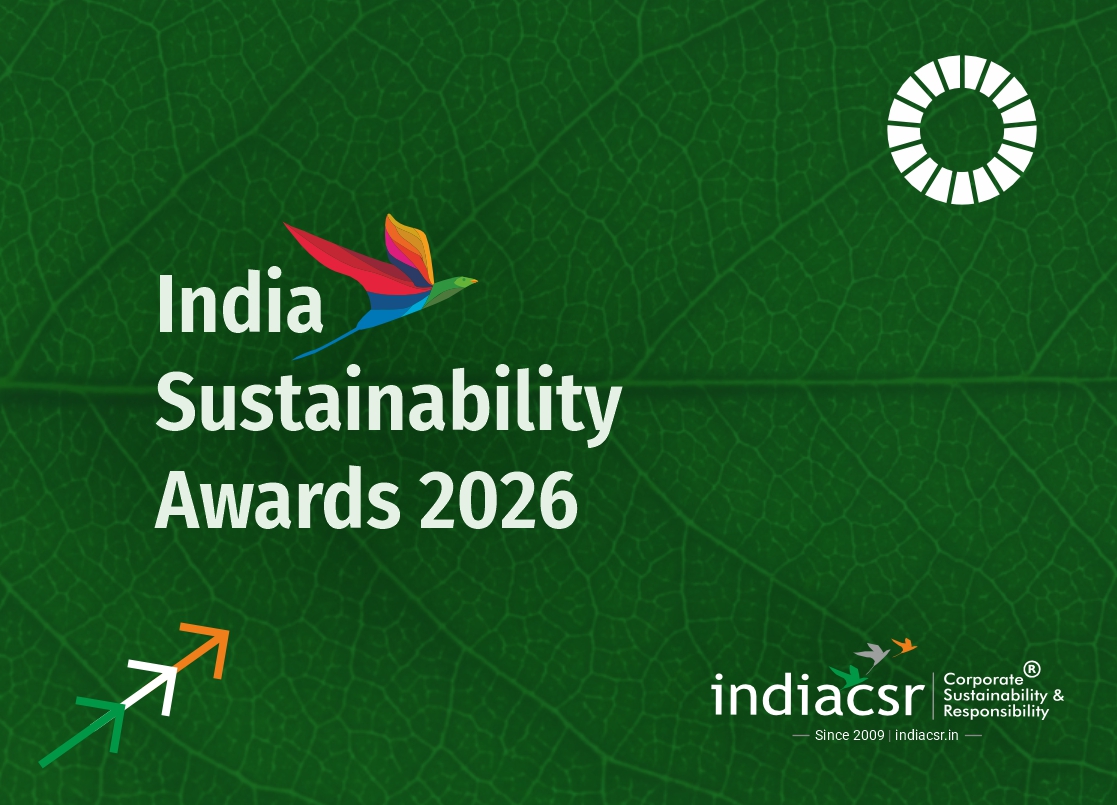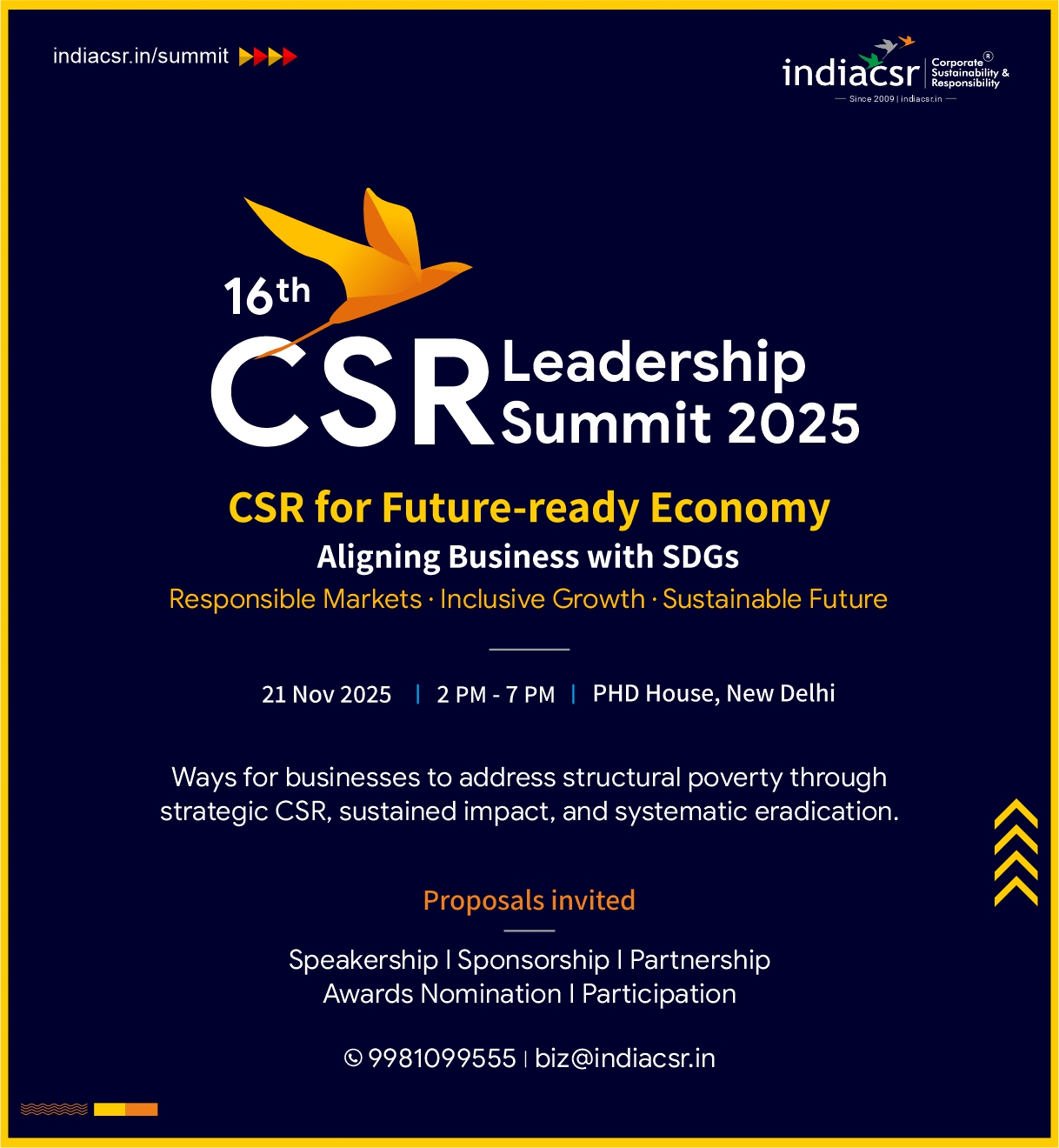Marking the beginning of its journey of becoming Hindustan Unilever Limited, a consignment of crates marked ‘Sunlight’ landed at the Kolkata harbour, over 130 years ago, in 1888.
Subsequently, many more brands were launched that became household names – such as Lifebuoy in 1895, followed by Pears in 1902, Lux flakes in 1905, and Vim scouring powder in 1913.
The growth trajectory was on a strong upward trend, and the bouquet of offerings was expanding. Since the 1880s, the Company has travelled the years alongside the country.
In May 1933, the Company set up a soap factory in Mumbai and on October 17th, the same year, Lever Brothers India Limited was incorporated in India.
A new chapter had begun in its journey – one marked by innovation and growth, mergers and acquisitions; one in which it overcames challenges and strove to become the largest FMCG Company in India.
Lever Brothers India Limited, Hindustan Vanaspati Manufacturing Company Limited and United Traders Limited merged in 1956 to form Hindustan Lever Limited (HLL), and the first shares were offered by the Company to the public. The Company’s name changed to Hindustan Unilever Limited in 2007.
From simple beginnings, it has grown with the times powered by its deep understanding of India and Indian consumers. It made strategic mergers – the Company acquired the Tata Oil Mills Limited in 1994, one of the largest mergers in the sector at the time.
The Company made acquisitions that brought us brands like Kissan, Kwality and Lakmé.
Brooke Bond India and Lipton India merged in 1994 to form Brooke Bond Lipton India Limited, which merged with HLL in 1996, and in 1998, Pond’s India merged with the Company.
During 2020, in one of the largest FMCG M&A transactions, Glaxo Smith Kline Consumer Health Limited (GSK CH) merged into in the company which added the iconic brands Horlicks and Boost to our portfolio.
It is the first FMCG Company to set up a research centre in the 1960s.
In the 1970s, It supported the Government’s drive to develop rural India by setting up manufacturing operations and developing livelihood opportunities around them.
At the turn of the new millennium, the Company launched the rural health and hygiene initiative ‘Lifebouy Swasthya Chetna’ and the livelihood initiative ‘Project Shakti’, that helps rural women become entrepreneurs.
To address the water challenges in the country, it launched Hindustan Unilever Foundation, a not-for-profit subsidiary in 2010.
To address social, environmental and economic challenges and concerns of local communities, it launched Project Prabhat a sustainable community development initiative.
The Company has grown with the times as it journeyed through history, always with the belief that ‘what is good for India, is good for HUL’.
Today, nearly 90 years later, Hindustan Unilever continues to work with the same belief as it continues to strive towards a better future and helps people feel good, look good and get more out of life.
A robust results for the financial year 2021-22 demonstrate strategic clarity, strength of its brands, its execution prowess and agility. The company has crossed the Rs. 50,000 crores turnover mark in this fiscal 2021-22, with its turnover at Rs. 50,336 crores.
Also Read: Corporate Governance Philosophy of Hindustan Unilever
Must Read: CSR of HUL: Empowering communities through Prabhat
(India CSR)









